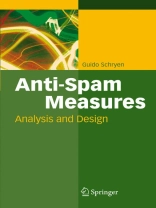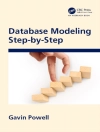I am not sure about the meaning of a preface, neither about its convenience or needlessness nor about the addressees. However, I suppose that it is expected to tell a (part of the) “story behind the story” and that it is read by at least two types of readers: The ?rst group consists of friends, colleagues, and all others who have contributed to the “opus” in any way. Presumably, most of them like being named in the preface, and I think they deserve this attention becausetheyhaveaccompaniedtheroadtotheopusandare, thus, partofthe whole. Thesecondgroupcomprisesthoseacademicfellowswhoareinthesame boot as I am in terms of preparing or having even ?nished their doctoral or habilitation thesis. All others – be it that they generally like reading prefaces or expect hints with regard to the reading of this book – are likewise welcome to reading this preface. This book contains most parts of my habilitation thesis, which was – cepted by the Faculty of Business and Economics of the RWTH Aachen U- versity, Germany. Unfortunately, to avoid possible copyright violation, I had to omit some paragraphs of the proposed infrastructure framework presented in Chapt. 6. If you are interested in the full version of this speci?c chapter, please contact me (schryen@gmx. net) and I will be happy to provide you an electronic copy. Usually, a thesis represents a (loosely-coupled) collection of published papers (cumulative thesis) or a classic monograph.
Spis treści
Spam and its economic significance.- The e-mail delivery process and its susceptibility to spam.- Anti-spam measures.- A model-driven analysis of the effectiveness of technological anti-spam measures.- An infrastructure framework for addressing spam.- The empirical analysis of the abuse of e-mail addresses placed on the Internet.- Summary and outlook.












